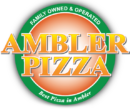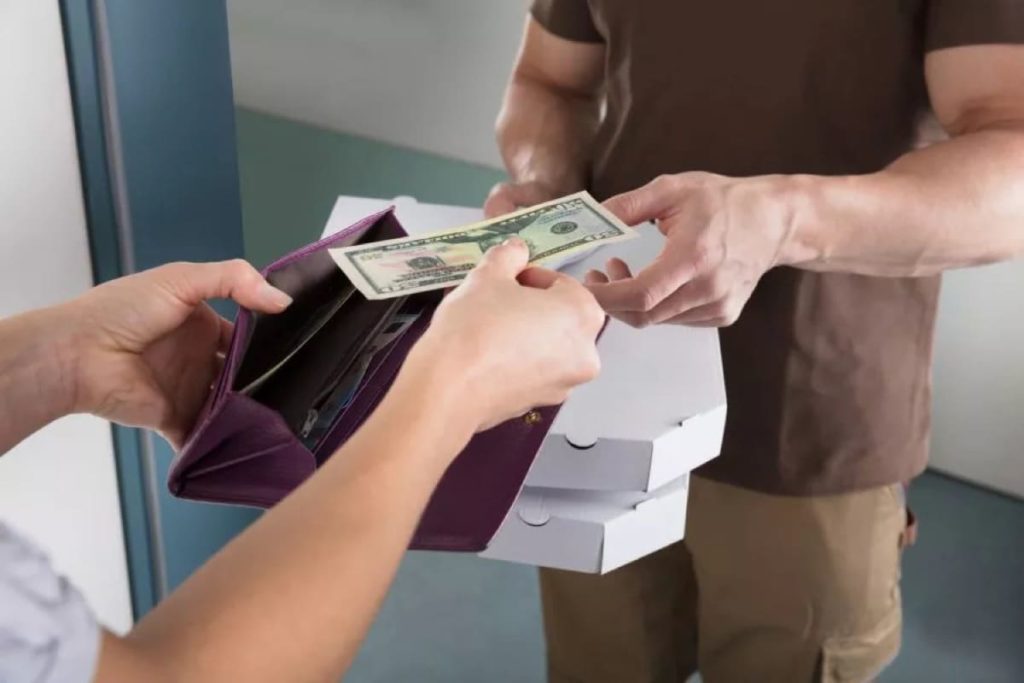To tip or not to tip? The etiquette is pretty clear about tipping when you’re in a sit-down restaurant setting, but what about takeout? While the cooks and host are working to get your food prepared and in your hands quickly, you’re the one driving and picking it up. Should you tip for takeout?
Pandemic Has Changed a Few Things About Tipping
The Pandemic hit restaurants hard, and waiters were the ones who suffered the most during this time. Tipping became more common for takeout, since these essential workers were risking their health to put food in your hand, and since dine-in (when they normally would have received any tips) wasn’t an option. You’ve probably seen more tipping jars in the last few years, and in unusual spots—gas stations and pharmacies even!
Since the crisis of the Pandemic has been fading, tipping norms in restaurants have changed quite a bit. Where before many wouldn’t dream of tipping on a takeout order, it’s now considered normal. As more people realize the way that workers in the hospitality field rely on tips to reach a living salary, even the ones handing you your takeout food, more and more people are tipping. As the world continues to adjust post-Pandemic, the question of tipping on takeout orders is becoming more and more complicated.
The Case Against Tipping
Who doesn’t hate a guilt tip? The system of tipping in American restaurants is far from perfect. While the point of tipping was originally to allow consumers to show appreciation for good service, now, the tipping transaction occurs before you’ve even received your food. It might feel mandatory, or like you won’t receive as good of service without a nice tip.
While in a professional setting, this should not be the case, feeling guilty about not tipping is understandable. The complicated etiquette around tipping culture can make it feel mandatory, but while tip money is essential for workers, what you decide to tip is ultimately up to you.
Fast-food vs Formal Restaurants
Why is it expected to tip for takeout at a restaurant but not a fast-food place? While fast-food places pay their workers an hourly amount, often minimum wage, restaurants work under a different system.
A waiter at a formal restaurant may make about ⅓ minimum wage per hour, with the expectation that they can make up the difference or even make more with tips. This system has a major drawback for employees handling takeout however; they are still considered waitstaff and will continue to make the same minimal salary, while potentially receiving no tips for takeout duty.
Opinions differ on whether it’s down to the employer or the customer to make up this difference, but everyone can agree that the issue of tipping for takeout is more complicated than it looks on the surface.
Shouldn’t Restaurants Pay Their Employees Well?
When employees are only paid $2.13 an hour as restaurant waitstaff, their dependence on tips becomes clear.
One of the strongest arguments in favor of tipping, for any service, is the incredibly low hourly rate received by servers, hosts, and yes, the person handing you your takeout. But many argue that this problem shouldn’t rest on the customers to solve with generous tipping, but with the restaurant.
However, to pay their servers a living wage, or even just the federal minimum, most restaurants would need to raise the prices of the food being served. Customers can enjoy food at a reasonable price, while needing to leave the expected 15-20% tip for the sake of their waiter.
At the end of the day, it’s up to each individual whether they prefer to eat at an establishment that pays its workers an hourly rate where tipping is not required, or at a restaurant where tipping is essential to make working there worth it.
So, Should You Tip for Takeout?
Back to the question at hand: should you tip for takeout?
There are many reasons to tip, and reasons not to tip. Reasons to tip include: you enjoyed the service you received, you want to help the server make a decent wage, and you want to support a local business with your custom and with your tip.
However, choosing to tip less or not to tip due to poor service, knowing that the employees receive a fair hourly wage, or even just because money is tight is understandable. Tipping for takeout is polite and even sometimes expected, but the decision to tip is ultimately up to you.
How Much to Tip on Takeout?
The expected amount to tip has changed over the years. While a 10% tip used to be considered a polite, even generous amount, the expectation is now closer to 15% or 20%.
Many restaurants offer set tipping options, like 10, 15, 20, 25 percent. You can always go with one of these, or type in a custom tip. You may feel like the cashier is staring you down, forcing you to pick a generous amount to tip. But in reality, while the cashier may hope you decide to give them a nice tip, the decision for how much you want to give is up to you.
Final Thoughts
Tipping culture in America is surprisingly complicated. It can be hard to know when it is or isn’t appropriate to include a tip, and how much to include. Tipping is expected for a sit-down meal or delivery, unless the service is exceptionally bad or the food is inedible. But should you tip for takeout?
The Pandemic changed the way many restaurants and consumers view takeaway food services. When servers are only making a fraction of minimum wage and relying on tips to break even, it can inspire many to tip generously, out of guilt if nothing else. However, with many arguing that the businesses themselves should be able to ensure their waitstaff make a living wage, choosing to tip or not tip can become a moral or political issue. When eating at a restaurant, you unconsciously factor in the tip as the expected cost of the meal. Should we start factoring in this tip cost as an expected part of takeout meals as well?
The answer to that question of how much the convenience of takeout food is worth to you is something that you must answer for yourself.

